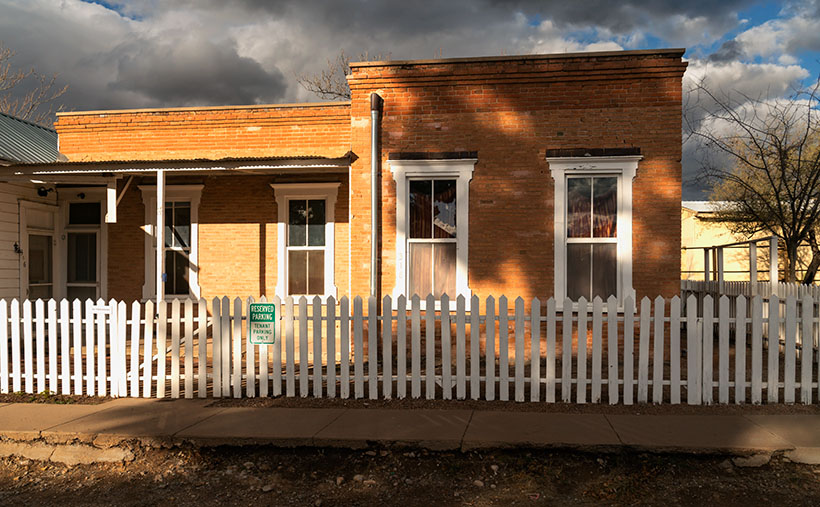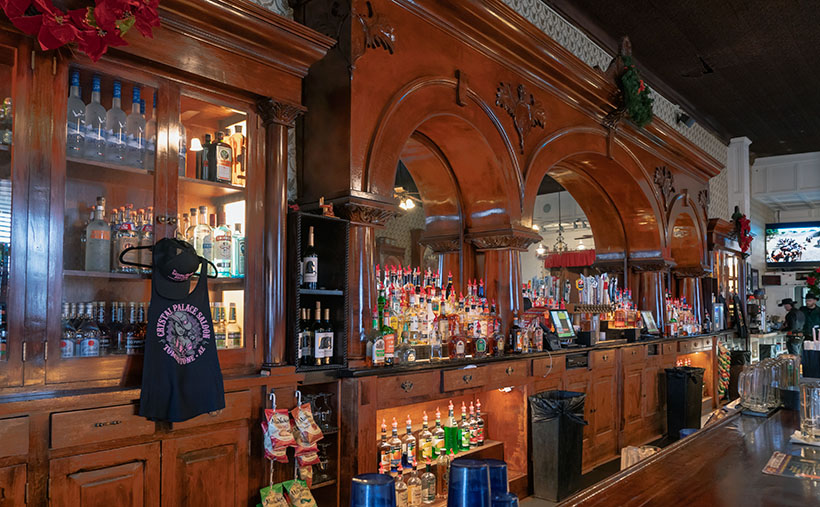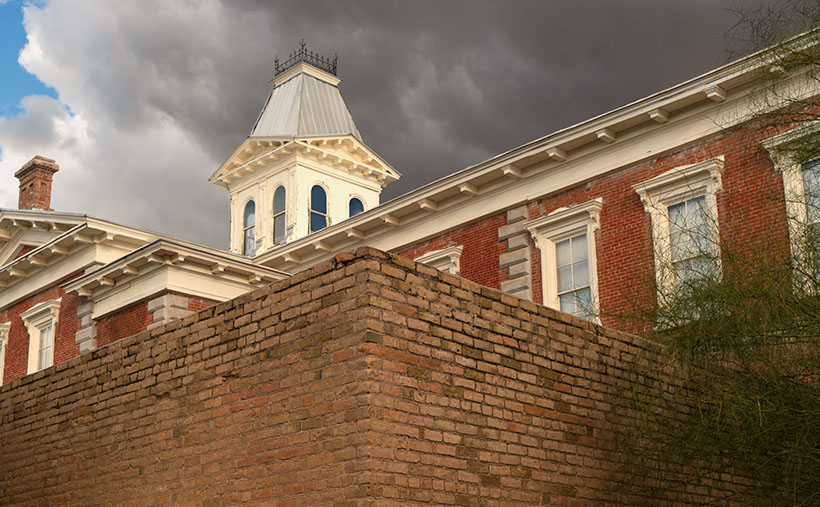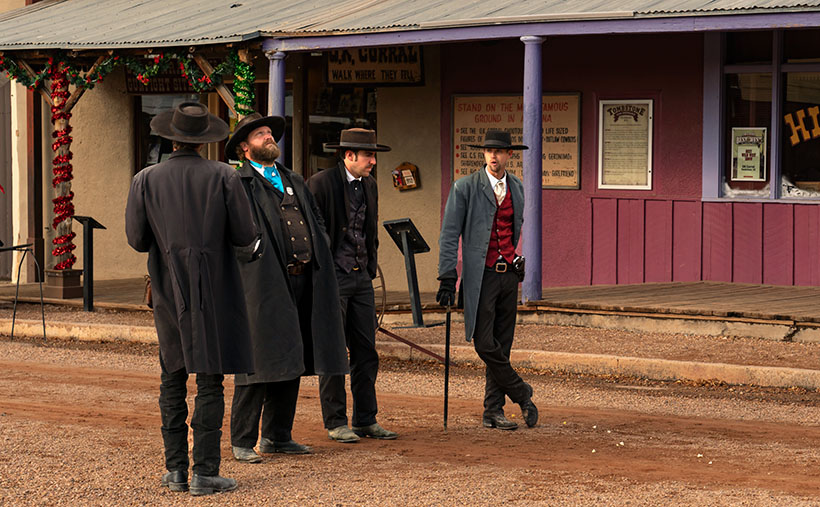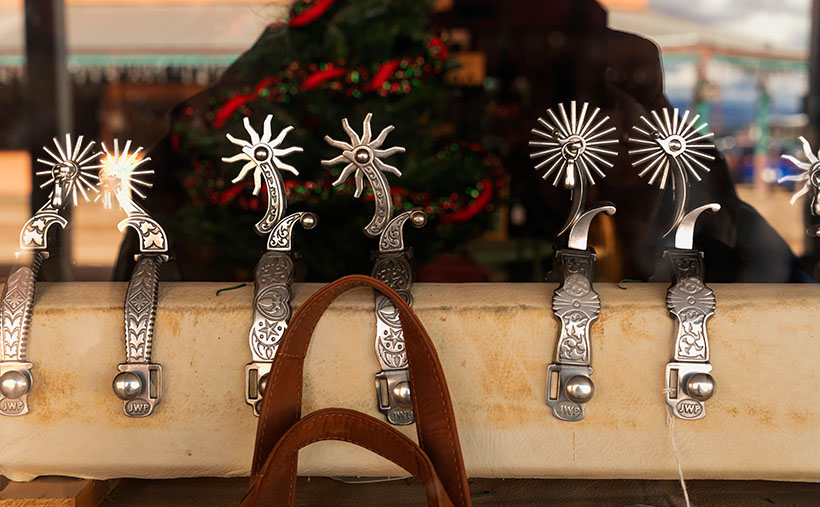
“I got spurs that jingle jangle jingle, n’ I get so embarrassed at the movin’ picture show.”—John Wayne impersonation by Rich Little (I think).
Today is our final article about our Tombstone visit, and in the fine Disney tradition, we’ll exit through the gift shop. After all, that was the point of driving four hours to visit—overpriced beer, expensive burgers, tacky T-shirts, and a memento trinket that was most likely made in China.
Like most tourist towns, Tombstone has a variety of gift shops where you can buy anything your little heart desires—as long as your heart is lusting for cowboy stuff. Much like our hometown of Wickenburg, Tombstone is a one-trick pony. It’s all cowboy, all the time. It’s a formula that works for them. After all, they draw visitors from across the globe. Some fans regularly return for the OK Corral Shootout anniversaries—like Bob Boze Bell, noted Arizona illustrator and editor of True West Magazine. They go there to study the gunfight in painstaking detail for minute details that determine the outcome. So, why change a good thing? Me, I’m not that fascinated by gunfights.
Like most Arizonians, our first visit was enough. It’s not like we sit at home and suddenly drive four hours to discover what’s new in Tombstone. It’s always the same mediocre hamburgers in the same dives. The same good guys fight the same bad guys at the OK Corral, and the same people die. The same pink-rose patterned dishes are always collecting dust on antique store shelves. That’s why—for Queen Anne and me—a Tombstone trip is reserved for our out-of-town company or a lunch stop on the way to somewhere further along the road.
When we visit, however, we walk the boardwalks and window shop. On this most recent visit, I saw something unique. It was a display of silver spurs in the window of the boot shop. Since it was the week after Christmas, the store’s fully decorated tree was in the background. I thought, “What a perfect gift to give your favorite bull-rider.” Never before in my 75 years have I thought, “I wonder where I can buy a pair of spurs for my topsiders?” Now I know—in a Tombstone boot store.
I called this shot Spurs for apparent reasons. The actual display was much more comprehensive, but I had to move in close to cut the reflected window glare. This image is also a self-portrait—sort of. That’s me casting shade on the display. I might have gotten more spurs in the shot if I were a few pounds heavier.
You can see a larger version of Spurs on its Webpage by clicking here. Next week, we start a new project that’s thirty miles further on Old US 80. I’ll bet you it’s not the place you think it is. Come back next week and prove me wrong.
Till next time
jw
BTW:
Most importantly, Queen Anne is fine and recovering well. The emergency room doctor cleared the blockage with a can of Shasta Cola. I’m relieved that she’ll be around for a few more episodes.

